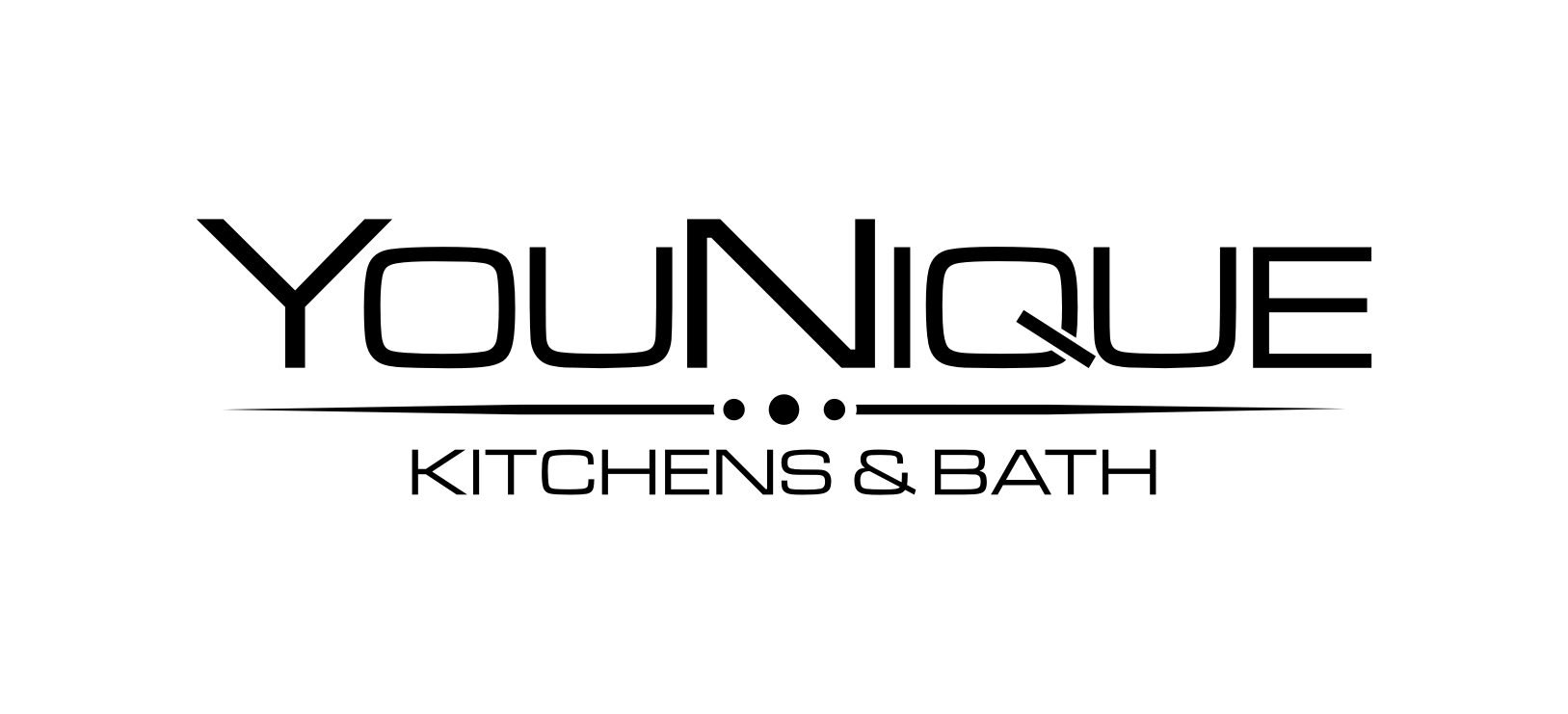Wall mounted faucets are an old fashioned feature that’s starting to see renewed life in both the kitchen and the bathroom. These sleek faucets run the gamut from old fashioned farmhouse style to extremely minimalist and modern, and because they’re not as common as they once were, they have a very elegant, designer feel. But installing a wall mounted faucet can be much more difficult than installing a more common deck mounted sink, and there are a few challenges you should be aware of before you take the plunge.
Spacing
In theory, wall mounted faucets shouldn’t be any more difficult to install than any other type of faucet. Unfortunately, this couldn’t be farther from the truth; installing a faucet on the wall introduces a whole host of unique problems which, while not insurmountable, do complicate the situation somewhat. For starters, faucets are generally one of the last things installed in a major remodel, almost as a finishing touch. But with a wall mounted faucet, the hardware has to be installed at the very beginning of construction when the wall is still exposed. A standard faucet can be installed directly into pre-drilled holes in the sink or counter, but wall mounted faucets have to be installed more or less free hand (more on this in a moment). That means you need to have everything on hand – the faucet and plumbing, the sink, drywall, backsplash tile, and anything else that might impact the way the faucet sits in relation to the sink – to get the closest estimate possible before any installation happens. Perhaps the worst part, though, is that wall mounted faucets have to be installed in between two wall studs, and if the studs on the wall behind the sink in question don’t line up properly, they’ll have to be moved.
Height
Just as important as getting the spacing right is installing the faucet at the right height. The tip of the nozzle legally must be at least one inch above the level of the sink, and generally a little higher than that is more comfortable to use. That said, the higher you place the faucet the more difficult it can be to control where the water goes when it’s turned on, and the more likely it is to splash. There’s no set standard for how high to install a wall mounted faucet, and unfortunately there also isn’t much room for trial and error, as you’ll need to install the mounting hardware before you can hook up (and test) the faucet itself.
Length
Depending on whether you’re buying for the kitchen or bathroom and what kind of sink you’re considering, wall mounted faucets come in a few different lengths. Deck mounted faucets are usually more or less the same depth because they’re designed to be standard, but wall mounted faucets can be 6, 9, or 12 inches long to accommodate both a variety of sinks and a variety of installation settings. Wall mounted faucets have to clear not only the rim of the sink but also any distance between the wall they’re mounted on and the sink, meaning they often have to be much longer to line up properly.
Splashing
Probably the biggest complaint about wall mounted faucets in both the kitchen and the bathroom is that they can be much more prone to splashing. Deck mounted faucets are typically installed into pre-drilled holes, which means the faucet is always perfectly lined up with the drain. But balancing the right height, depth, and alignment is a lot more difficult with a wall mounted faucet, especially when it’s being used with an unusual or above-counter sink. Install the sink just a little too far in any one direction and when it’s turned on the water will hit the curve of the sink at the wrong angle, causing it to splash and spatter.
Insulation
Installing a wall mounted faucet on an exterior wall (which may not be allowed in all areas – be sure to check your local code) presents its own unique set of issues. If you live in a colder climate, the plumbing is much more exposed to the elements and can be more susceptible to freezing. It’s important to take steps to ensure that all the hardware is properly insulated, and be aware of the risk – especially when very cold weather hits.
Reach
One difference between traditional faucets and wall mounted ones that you might not think of is that wall mounted faucets are set farther back. The difference can be several inches, which means it requires a longer reach to be able to use a wall mounted faucet, even when all other factors are the same. Practically speaking, there are two times when this could create a problem. First, if the faucet will be used by small children (or anyone with a similarly short reach), those few inches might make the handles inaccessible. Secondly, if the faucet is being used with a very large kitchen sink, the depth of the two combined can make the whole setup a little uncomfortable to use, so be sure to keep this in mind.
Replacement
Last but not least, while replacing a standard faucet is an extremely simple, DIY friendly job, once you’ve installed a wall mounted faucet, it really is there to stay. The plumbing will be built and usually tiled into the wall, which means that to replace your faucet, at the very least you’ll have to rip out and replace the backsplash, too. This isn’t just an issue of changing styles, either: the same applies if the faucet breaks down. You really, really want to make sure that the faucet you buy is very high quality with a solid brass construction, which will extend the life of the faucet. And do your research: purchasing a faucet from a reputable, well-known company that readily supplies replacement parts can mean the difference between being able to repair a faucet and having to replace a whole wall.
All that said, the challenges presented by wall mounted faucets aren’t insurmountable, and knowing what they are before you start the project is the best way to minimize many of them. Wall mounted faucets have a gorgeous appearance that’s both trendy and timeless, and for many are worth the extra effort. What do you think – do you still see a wall mounted faucet in your future? Let me know in the comments!

